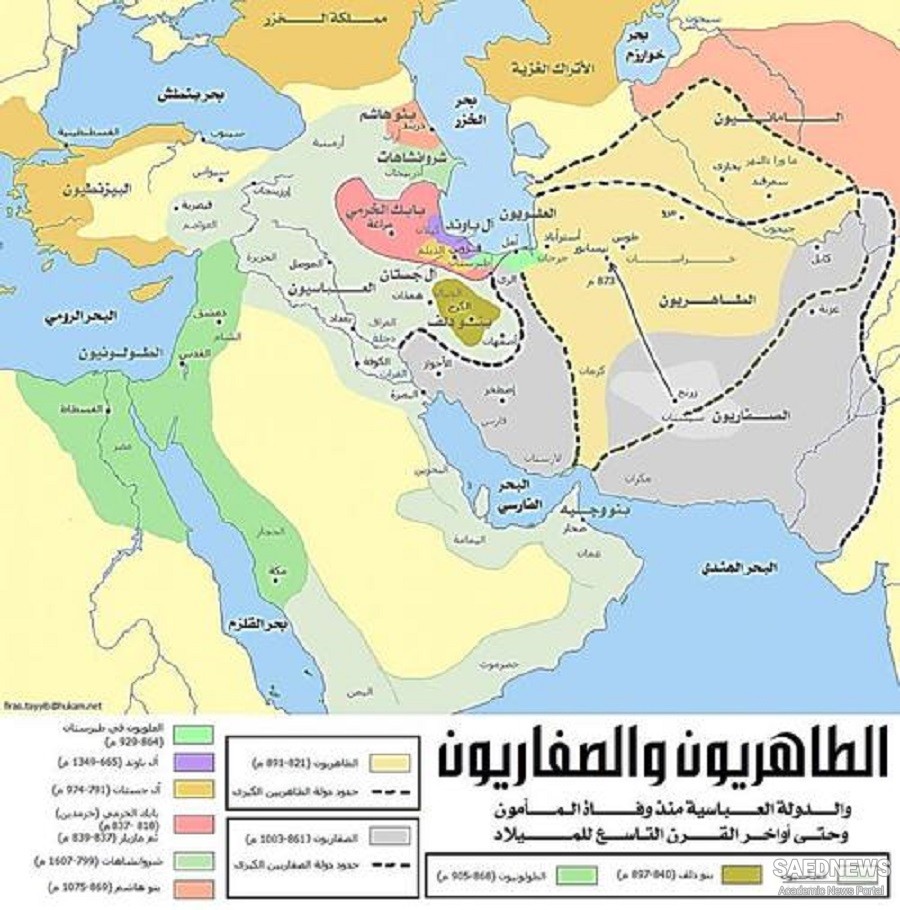It has not in the past been easy to form a balanced picture of the early Saffarids and their achievements. The standard historical sources on the eastern Iranian world, Arabic and then from the 5th/nth century onwards, Persian also, are generally hostile to them. Most of these historians reflect the socially hierarchical and aristocratic atmosphere of the 'Abbasid caliphate and the empires of the Samanids, Ghaznavids and Saljuqs. They regard with contempt the plebeian origins of the Saffarids, treat them as rebels against the legitimate authority of the caliphs, and on the whole view them as little better than brigands. The early Saffarids seem personally to have had no strong religious feelings, though there is evidence that they were not unaware of the need to conciliate the orthodox religious classes. The historians nevertheless frequently accuse them of heterodoxy, above all, of Kharijite sympathies, for Kharijism persisted in Sistan much longer than in most of the eastern Islamic world. That they held positive Kharijite beliefs is unlikely, although it is undeniable that Yaqub incorporated Kharijite troops into his armies, taking advantage of their fighting qualities. Nizam al-Mulk, obsessed as he was by the threat to the fabric of the Saljuq empire from the extremist Sha Assassins, even makes Yaqub a convert to Isma'ilism. Only in a writer with Shia sympathies like Mas'udi do we find a sympathetic appraisal of Ya'qub's undoubted qualities as a military leader. Fortunately, we have in recent decades acquired a vigorous corrective to the hostility of the orthodox Sunnl sources in the Tarikh-i Sistan, the essential part of which was compiled by an anonymous local author in the middle years of the 5th/nth century. He shows an intense local patriotism and regards the achievements of Ya'qub and 'Amr with pride, for these leaders had made the peripheral and rather unimportant province of Sistan for a while the centre of a vast empire, overthrowing the Tahirids and humiliating the 'Abbasid caliphs. The Tdrikh-i Sistan deals with the Saffarids during the first two centuries of their existence in such detail that it might well be regarded as a special history of that dynasty.


 Socio-Cultural Legacy of Tahirids in Medieval Iran
Socio-Cultural Legacy of Tahirids in Medieval Iran














































